One day in the early 1990s, a local contractor visited my boatbuilding shop in Marblehead, Massachusetts, telling me he’d been hired to convert an old boatshop into a playhouse. “The museums and antique dealers have been through it,” he said; “take anything you want or itʼs going to the dump.” The shop had been run by Samuel Brown, an MIT-trained naval architect, and his brother Bill, a boatbuilder.The building was mostly empty but there were two steamboxes and a wood-fired stove for their boiler. I took those. In the long back room there was a planking bench with odd parts scattered around. Above the bench, tucked under the eave, the blackened end of a tight roll of paper caught my eye. I took the roll down, dusted it off, and put it in the truck. I loaded everything else that looked useful and drove off. That evening, I unrolled my find.The roll was three sheets of drafting linen with edges black and ragged from years of dust and smoke. Pencil-drawn designs were inscribed “Lines Plan, Construction Plan, and Sail Plan,” for “Racing Dory designed for Swampscott Club,” signed C. D. Mower, each with their separate dates, 16 and 18 December, 1898, and March 14, 1899. I knew the Mower name, mostly from R-boats and New Jersey catboats of his design. This plan was old, but beautiful, interesting, and very racy. I had to find out more.
Join The Conversation
We welcome your comments about this article. To include a photo with your remarks, click Choose File below the Comment box.
Comments (2)
Comments are closed.

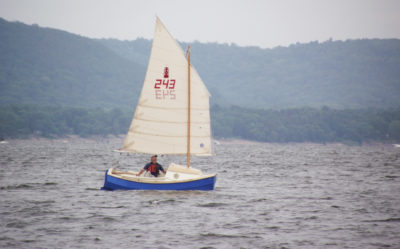
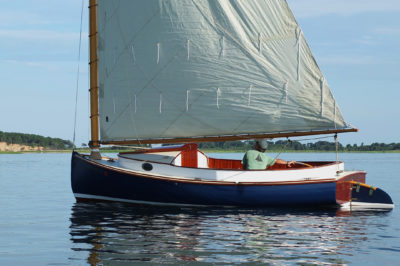
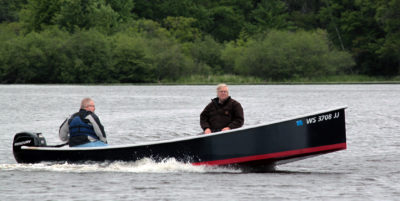
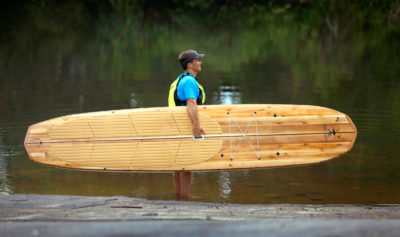

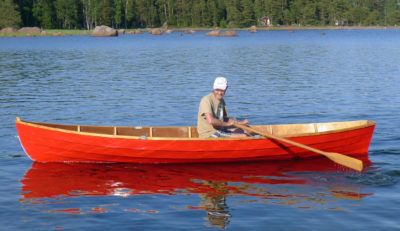


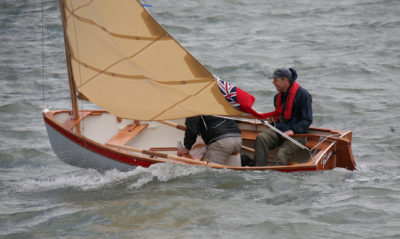
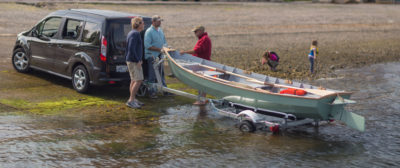
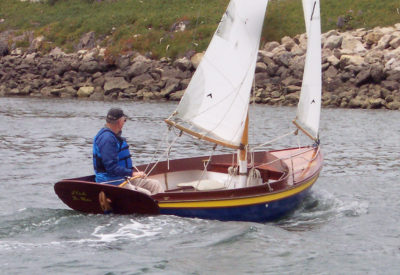
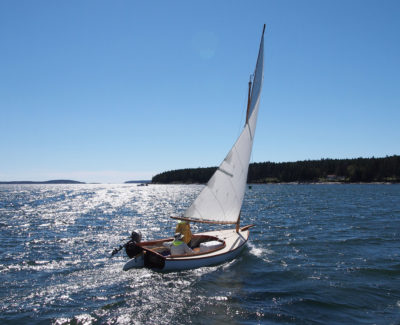
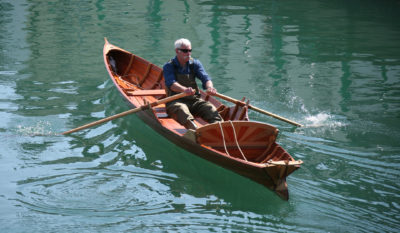
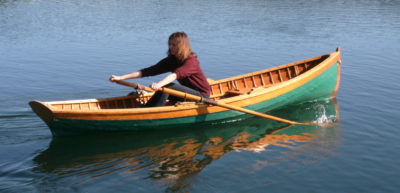
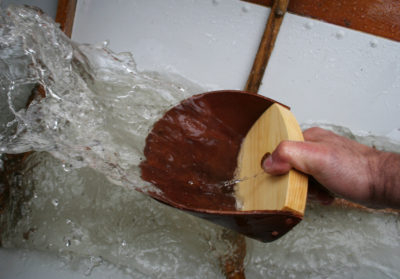
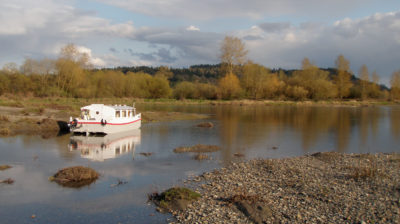

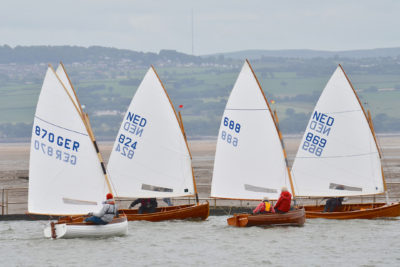


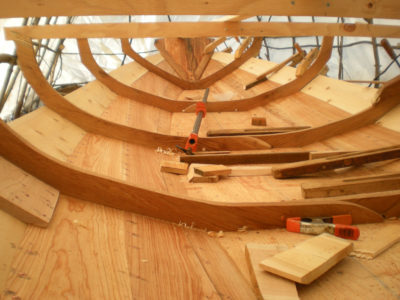
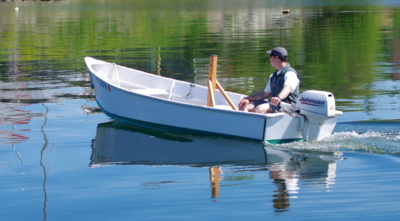
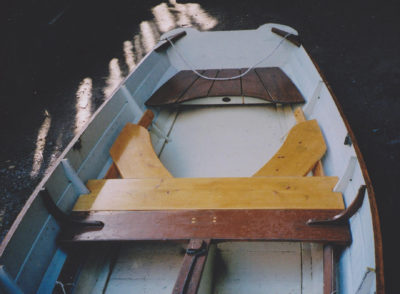

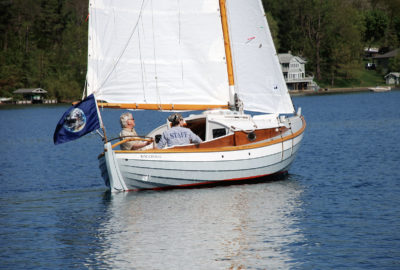
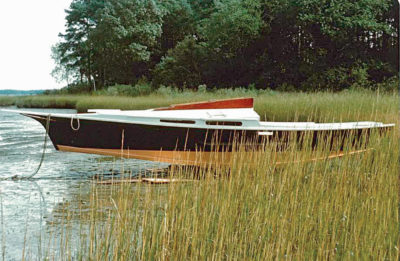
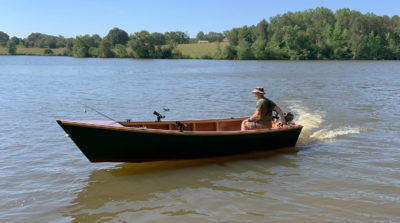
It was a thrill to have Thad launch the Mower Dory at the TSCA Meet at the WoodenBoat Show at Mystic last June. All who went for a ride pronounced it fast and fun. I held my breath every time Thad came and pivoted on a dime to dock at Australia Beach. No problem; it handled beautifully. Thad also was good enough to lead a little seminar on his research and build to a spellbound group. Many remarked that it was great to meet someone in 2014 who not only researched an historical small craft but built it and then was so sharing in his relearning how to sail an early traditional racing class boat. Truly an example to the rest of us. Thanks, Thad.
I grew up racing a C.D. Mower-designed 16′ Meteor, which was exclusively a Manhasset Bay class from 1925, created as a junior class. It had a small jib (25 sq ft) but no spinnaker. Even though there were no other Meteors racing elsewhere, the Larchmont Y.C. gave us a class start for race week, where we enjoyed rubbing elbows with other kids from around from the Sound, even though there were no others to race against from other clubs.
We junior sailors ran our class with very little adult supervision following by-laws laid down in 1925 when the class was established, which I believe was unique for then and now.
We paid dues of $15 for the racing months of July and August. A sailing instructor, traditionally elected from among class alumni who had graduated out of the “junior” ranks. The sailing instructor was paid 50% of the class dues, not a bad summer job. Over the years, many Meteor-Class alums went on to become North American class champions and, at least one, an America’s Cup winning crew member. Many others continued to sail throughout their adult lives.
Although we never met, I like to think that Charles D. Mower contributed significantly to the political development of the Meteor Class. In later years I had the pleasure of getting to know Mr. Mower’s son Charlie, who was in the marine construction business out of Riverside, CT.